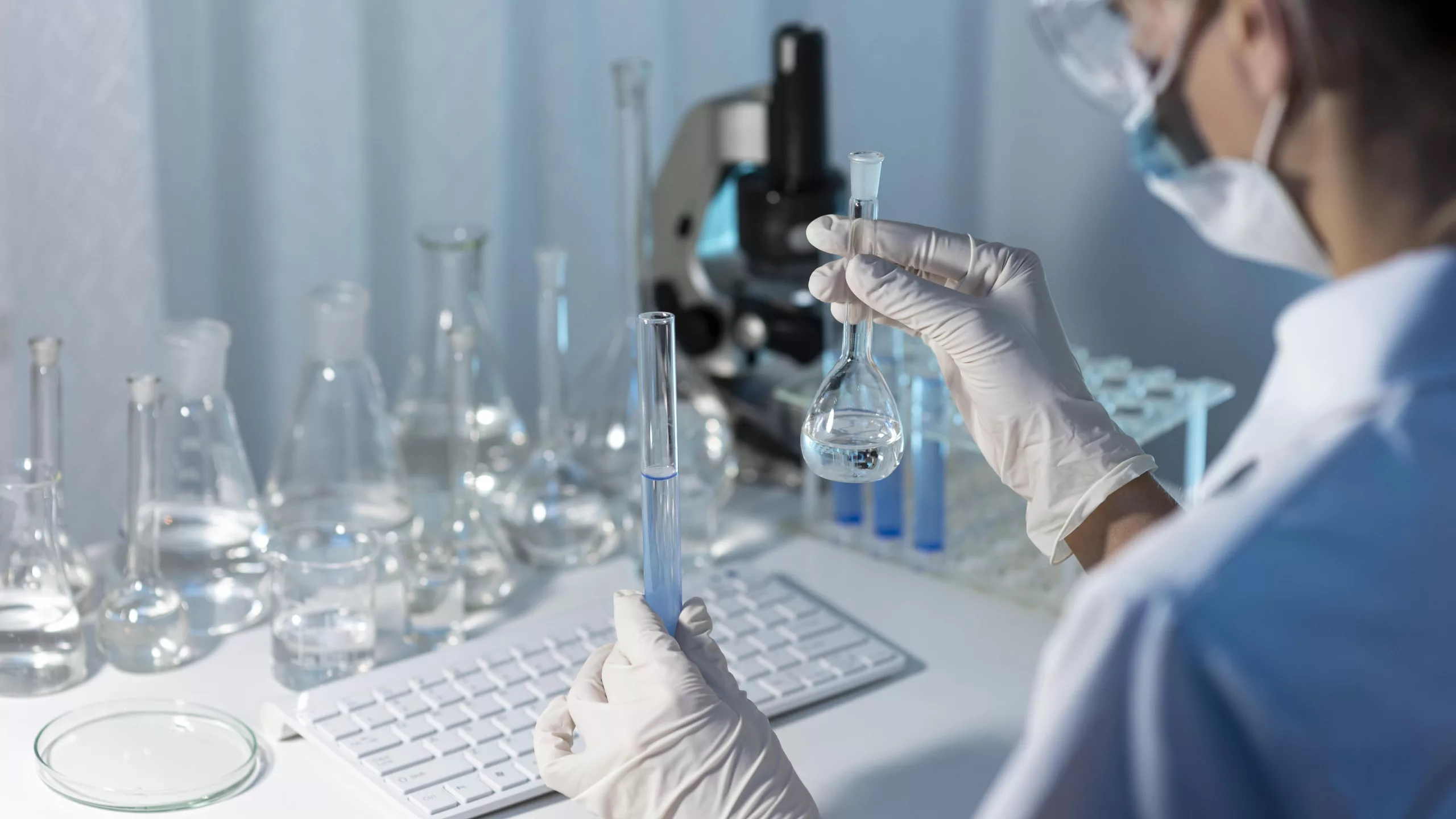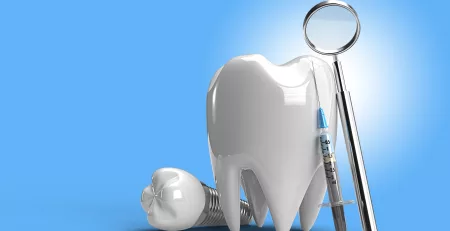The Science Behind Toothpaste: How Does It Work?
Introduction
Toothpaste is one of the most essential products for maintaining oral hygiene and preventing dental problems, we look at the Science of Toothpaste and how Toothpaste works.
But have you ever wondered how toothpaste works and what makes it so effective? In this article, we will explore the science behind toothpaste and how it helps to keep your teeth and gums healthy.
What is Toothpaste?
Toothpaste, also known as dentifrice, is a paste or gel that is used to clean the teeth with a toothbrush.
Toothpaste has two main functions: to mechanically remove plaque and food debris from the teeth, and to deliver active ingredients that prevent tooth decay and gum disease.
Toothpaste also helps to freshen the breath and whiten the teeth.
What are the ingredients of toothpaste?
Toothpaste contains various ingredients that work together to achieve its functions. Some of the common ingredients are:
Fluoride
Fluoride is a mineral that strengthens the tooth enamel and protects it from acid erosion. Fluoride also helps to remineralize the enamel and repair early stages of tooth decay.
Fluoride is added to most toothpastes in different forms, such as sodium fluoride, sodium monofluorophosphate, or stannous fluoride. The recommended concentration of fluoride in toothpaste is 1000 to 1500 parts per million (ppm) for adults and 500 to 1000 ppm for children¹.
Abrasives
Abrasives are substances that help to scrub away stains and plaque from the teeth. They are usually made from silica, calcium carbonate, baking soda, or charcoal.
Abrasives should be gentle enough to avoid damaging the tooth enamel or causing sensitivity. The abrasiveness of toothpaste is measured by the Relative Dentin Abrasivity (RDA) scale, which ranges from 0 to 250. The lower the RDA value, the less abrasive the toothpaste is².
Detergents
Detergents are substances that help to create foam and disperse the ingredients in toothpaste. They also help to remove bacteria and food particles from the teeth.
The most common detergent in toothpaste is sodium lauryl sulphate (SLS), which is a synthetic surfactant that can cause irritation, dryness, or canker sores in some people³.
Some toothpastes use alternative detergents that are derived from coconut oil, such as sodium cocoyl glutamate or sodium lauroyl sarcosinate⁴.
Flavourings
Flavourings are substances that give toothpaste a pleasant taste and smell. They can be either natural or artificial. Natural flavourings are usually derived from essential oils, such as peppermint, spearmint, cinnamon, or clove. Artificial flavourings are usually synthetic chemicals that mimic the taste of natural ingredients. Some people prefer natural flavourings because they believe they are more beneficial for oral health and have fewer side effects than artificial ones.
Preservatives
Preservatives are substances that help to prevent the growth of bacteria, fungi, or mould in toothpaste. They also help to extend the shelf life of toothpaste.
The most common preservatives in toothpaste are parabens, which are synthetic chemicals that can disrupt hormone balance and increase the risk of breast cancer. Some toothpastes use alternative preservatives that are derived from plants, such as grapefruit seed extract or rosemary oil.
Other ingredients
Depending on the specific purpose and function of toothpaste, it may contain other ingredients that provide additional benefits. For example, some toothpastes contain anti-cavity agents, such as xylitol or erythritol, which inhibit the growth of cavity-causing bacteria. Some toothpastes contain anti-plaque agents, such as zinc citrate or triclosan, which reduce the formation of plaque and tartar.
Some toothpastes contain whitening agents, such as hydrogen peroxide or carbamide peroxide, which bleach the teeth and remove stains. Some toothpastes contain anti-sensitivity agents, such as potassium nitrate or strontium chloride, which block the nerve endings in the dentin and reduce pain.
How does toothpaste work?
Toothpaste works by combining mechanical and chemical actions to clean and protect the teeth.
The mechanical action is provided by the abrasives and detergents, which physically remove plaque and stains from the teeth surface.
The chemical action is provided by the fluoride and other active ingredients, which chemically interact with the teeth and saliva to prevent decay and disease.
The mechanical action of toothpaste depends on several factors, such as:
The amount of toothpaste used.
The optimal amount of toothpaste to use is about a pea-sized amount for adults and a rice-sized amount for children.
Using too much toothpaste can cause excessive foaming and swallowing, which can reduce the effectiveness of toothpaste and increase the risk of fluoride toxicity.
The type of toothbrush used.
The type of toothbrush used can affect the mechanical action of toothpaste. A soft-bristled toothbrush is recommended for most people, as it can clean the teeth effectively without damaging the enamel or gums. A medium- or hard-bristled toothbrush can be too abrasive and cause enamel erosion or gum recession. An electric toothbrush can provide more efficient and thorough cleaning than a manual toothbrush, as it can produce more strokes and vibrations per minute.
The brushing technique used.
The brushing technique used can also influence the mechanical action of toothpaste.
A proper brushing technique involves holding the toothbrush at a 45-degree angle to the gum line and moving it in small circular motions.
The brushing should last for at least two minutes and cover all surfaces of the teeth, including the chewing, cheek, and tongue sides. A poor brushing technique can result in incomplete cleaning, plaque accumulation, or tooth damage.
The chemical action of toothpaste depends on several factors, such as:
The concentration of fluoride and other active ingredients
The concentration of fluoride and other active ingredients in toothpaste determines how effective they are in preventing decay and disease.
A higher concentration of fluoride can provide more protection against cavities, but it can also increase the risk of fluorosis (a condition that causes white spots or stains on teeth) in children under six years old. A
lower concentration of fluoride may not be sufficient to prevent cavities in high-risk individuals, such as those with dry mouth, braces, or frequent snacking habits.
Other active ingredients, such as anti-plaque, whitening, or anti-sensitivity agents, may also have different concentrations and effects depending on the brand and type of toothpaste.
The pH of toothpaste and saliva
The pH of toothpaste and saliva affects the chemical action of toothpaste. The pH is a measure of how acidic or alkaline a substance is. A lower pH means more acidic, while a higher pH means more alkaline. The normal pH of saliva is around 6.5 to 7.5, which is slightly alkaline.
The pH of toothpaste varies depending on the ingredients, but it is usually around 6.0 to 8.0, which is neutral to slightly alkaline. The pH of toothpaste and saliva influences the solubility and availability of fluoride and other active ingredients in toothpaste.
A lower pH can increase the solubility and availability of fluoride, but it can also increase the demineralization and erosion of enamel. A higher pH can decrease the solubility and availability of fluoride, but it can also decrease the demineralization and erosion of enamel.
The contact time between toothpaste and teeth
The contact time between toothpaste and teeth affects the chemical action of toothpaste. The longer the contact time, the more exposure the teeth have to fluoride and other active ingredients in toothpaste. The contact time depends on several factors, such as:
The frequency and duration of brushing
The frequency and duration of brushing influence the contact time between toothpaste and teeth. It is recommended to brush your teeth at least twice a day for at least two minutes each time. Brushing more frequently or longer can increase the contact time between toothpaste and teeth, but it can also cause overbrushing, which can damage the enamel or gums.
The rinsing habits after brushing
The rinsing habits after brushing also affect the contact time between toothpaste and teeth. It is advised to spit out the excess toothpaste after brushing, but not to rinse your mouth with water or mouthwash immediately.
Rinsing your mouth right away can wash away the fluoride and other active ingredients from your teeth, reducing their effectiveness. It is better to wait for at least 30 minutes before rinsing your mouth to allow the fluoride and other active ingredients to be absorbed by your teeth.
Conclusion
Toothpaste is a product that works by combining mechanical and chemical actions to clean and protect your teeth. Toothpaste contains various ingredients that help to remove plaque and stains from your teeth, prevent cavities and gum disease, freshen your breath, and whiten your teeth.
Toothpaste works best when used with a proper amount, type, and technique of brushing, as well as appropriate rinsing habits. Toothpaste is an essential part of oral hygiene that can help you maintain a healthy smile.
Sources:
(1) How Does Toothpaste Work? » Science ABC. https://www.scienceabc.com/pure-sciences/how-does-toothpaste-work.html.
(2) How Does Toothpaste Work? Learn about your Toothpaste! – 123Dentist. https://www.123dentist.com/how-does-toothpaste-work/.
(3) Toothpaste – Wikipedia. https://en.wikipedia.org/wiki/Toothpaste.
(4) Charcoal Toothpaste: Is It Safe and Does It Work? – Verywell Health. https://www.verywellhealth.com/charcoal-toothpaste-5214587.








Leave a Reply